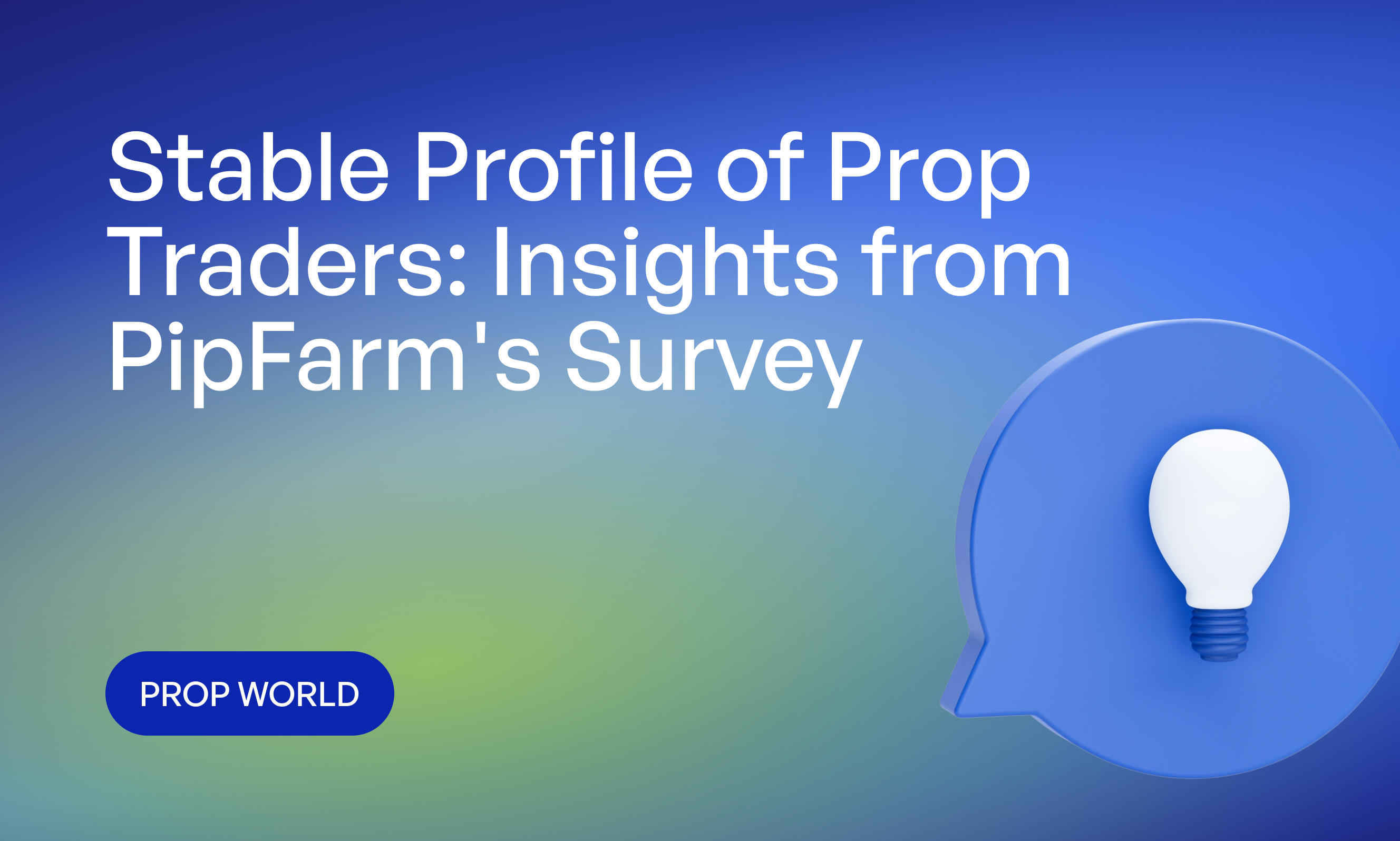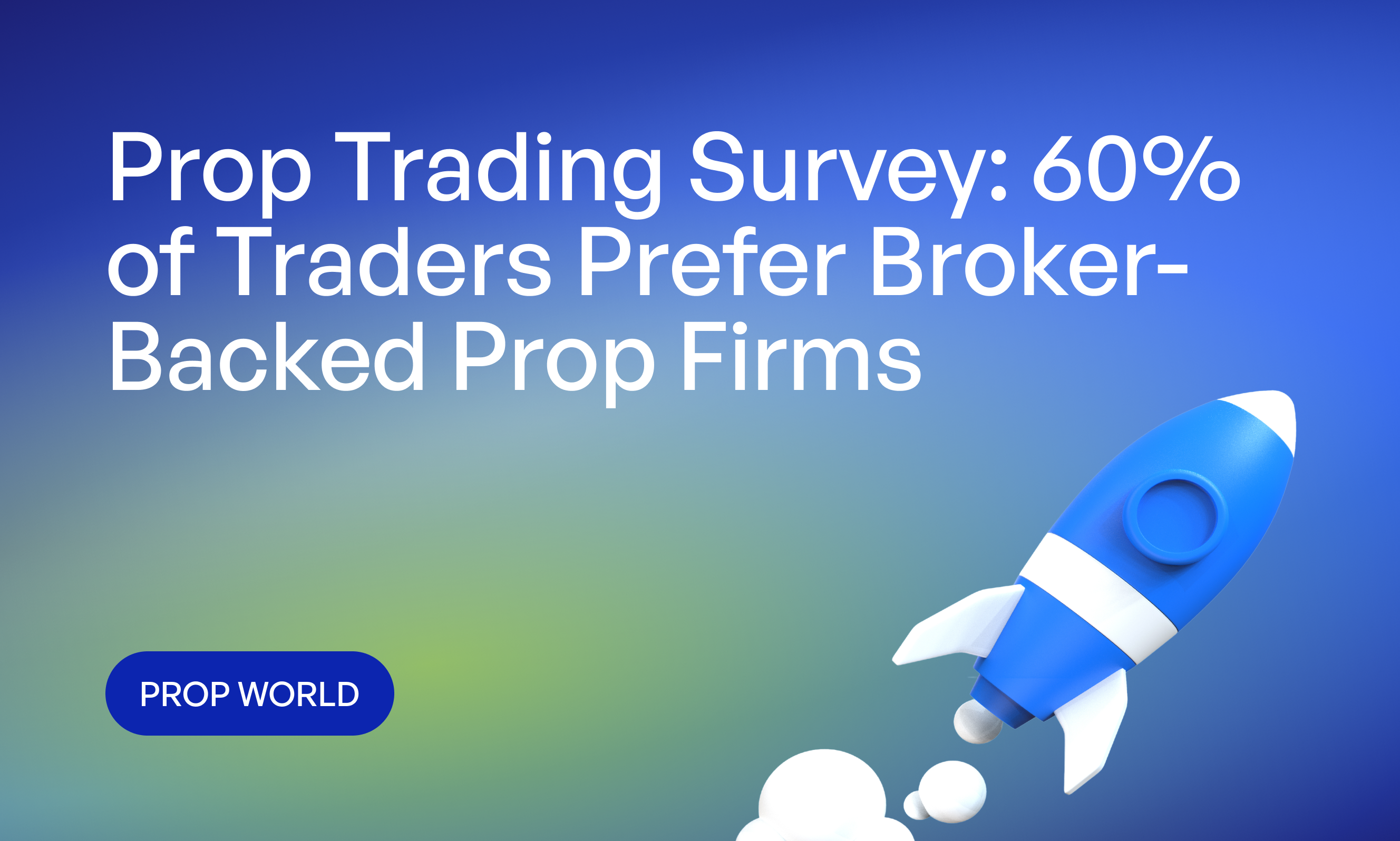
Stable Profile of Prop Traders: Insights from PipFarm’s Survey
The proprietary trading (prop trading) industry has been steadily growing, with new participants reshaping its landscape. A recent survey conducted by PipFarm and shared exclusively with Finance Magnates provides valuable insights into the profile and behavior of prop traders. This study is part of an ongoing series aimed at understanding the evolution of the prop trading market, offering comparisons over time.
Newcomers Dominate the Market
The prop trading industry has seen an influx of relatively new traders, with 65% entering the market since the onset of the COVID-19 pandemic in 2020. According to PipFarm’s findings, 34% of traders have 1–2 years of experience, while 31% fall into the 3–4 years category. This wave of new entrants highlights how the pandemic, with its economic disruptions and increased focus on financial independence, has driven interest in trading.
Consistency in Trader Challenges
The number of challenges attempted by individual traders – a key step in entering proprietary trading firms – has remained stable over recent months. PipFarm’s survey shows that 42% of traders attempt between 1–4 challenges, aligning with FPFX Tech’s September data, which noted an average of 3 challenges attempted by traders. This consistency underscores a steady approach to evaluating and onboarding into prop trading firms.
Profitability Rates Remain Steady
Profitability within the prop trading sector has also held steady, though it remains a challenging goal for many. PipFarm’s August survey reported that 41% of traders are profitable, a figure closely matched by FPFX Tech’s 45% profitability rate for those who successfully passed evaluations. However, the broader reality reveals that only 7% of all traders attempting evaluations achieve a payout, underscoring the difficulty of succeeding in this field.
Investment Levels in Challenges
The financial commitment required for proprietary firm challenges varies significantly. PipFarm’s data indicates that traders invest an average of $4,270 in challenges, reflecting a substantial commitment for those seeking significant returns. In contrast, FPFX Tech’s data points to a lower average expenditure, with single accounts spending around $800 on challenges throughout their lifecycle. This discrepancy may reflect differences in methodologies, such as whether multiple accounts or repeated attempts are considered.
The Bigger Picture
As more data becomes available, ongoing studies like those from PipFarm and FPFX Tech will be critical in providing a clearer picture of the challenges and opportunities in the prop trading sector. For traders and firms alike, understanding these trends is key to navigating this competitive and rapidly growing market.











![10% Off For Traders Discount Code [2024]](https://fxprop.com/wp-content/uploads/2024/01/24.png)